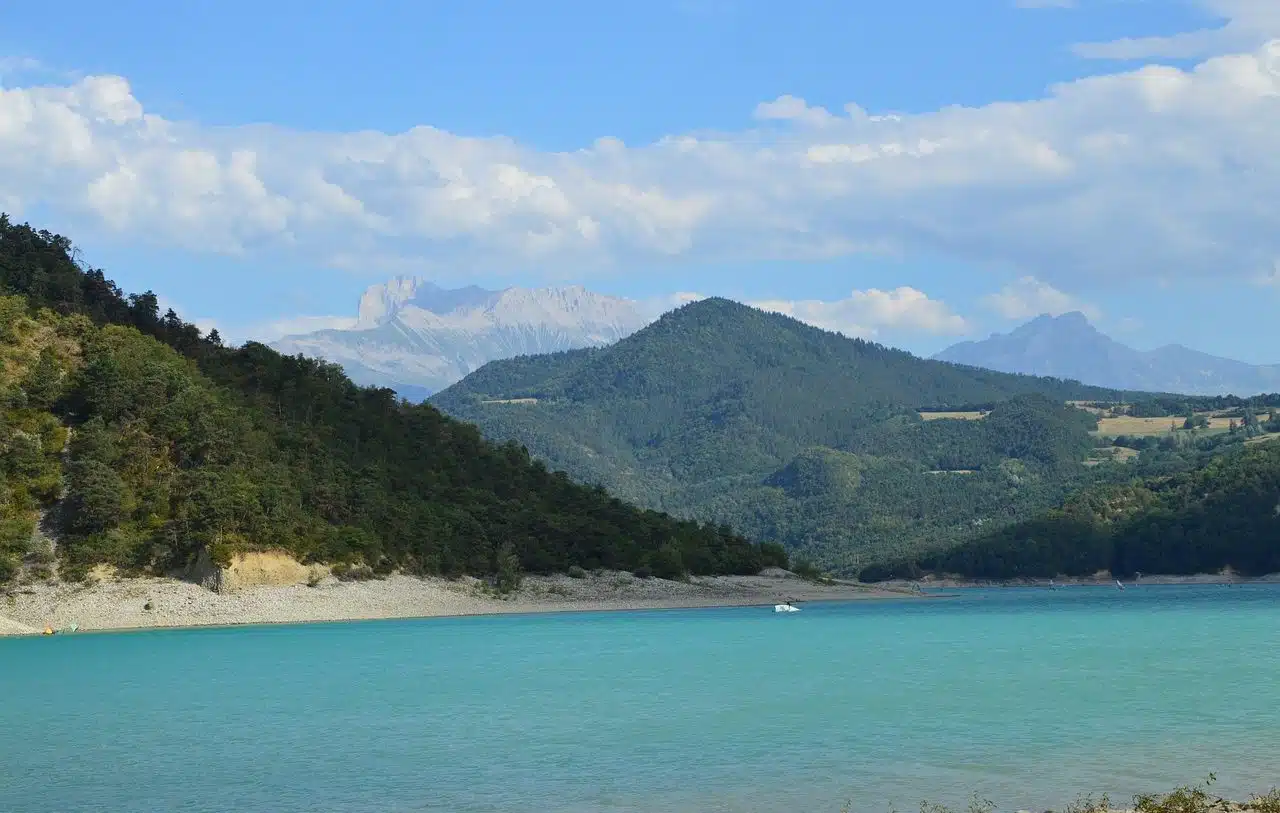
A reservoir is a water reservoir that is created artificially.
A reservoir is a water reservoir that is formed artificially. Typically, the mouth of a valley is closed with a dam or dam , storing the water from a river or stream . With these waters, nearby towns can be supplied, electricity produced or land irrigated.
For example: “Concern in the south: they report that the waters of the Arizturi reservoir present high levels of contamination” , “In the morning we are going to visit the reservoir and in the afternoon we will try to reach the top of the mountain” , “The construction “The reservoir will require a million-dollar investment, but it will generate great benefits for the residents of this region.”
A multi-use reservoir is known as one that is used for various purposes, such as the generation of electrical energy , sport fishing and recreational activities.
Characteristics of a reservoir
When we talk about a reservoir, it is important to know that it has a series of elements or characteristics that define it, among which the following stand out: the regularized flow , which is what can be withdrawn during the year; the firm flow , which is the maximum that can be extracted from it in a critical period due to drought; the curve called elevation-flooded surface ; and the elevation-volume curve .
In the same way, when referring to a reservoir it is also essential to take into account the water level it has. In this sense, it should be noted that there are various types of levels, among which it is worth highlighting those established below:
- Minimum minimum level , is the minimum that that construction can have.
- Minimum operational level , which is the one below which the reservoir and the rest of the structures it has cannot function correctly.
- Maximum operational level , which indicates that when the water reaches it it is necessary to start pouring it.
- Normal maximum level . When this is achieved, the objective is none other than taking care of the safety of the reservoir to the millimeter.

Reservoirs are usually associated with dams.
Some examples
There are numerous reservoirs that exist throughout the world. However, among the most important are these:
- Lake Kariba , situated on the border between Zimbabwe and Zambia .
- Bratsk Reservoir , in Russia .
- Lake Volta , Ghana .
- Guri Reservoir , in Venezuela .
- Krasnoyarskoye Reservoir , in Russia .
- Tharthar lake-reservoir , Iraq .
Other considerations on the notion of reservoir
It is important to highlight that the construction of a reservoir can generate irreversible ecological effects. Erosion problems, earth movement, alterations in the course of the river or stream and changes in soils, flora and fauna are some of the consequences.
Although the notion of a reservoir is associated with a water tank built by man , the truth is that reservoirs can be found that are created by natural actions. In this sense, we can mention the collapse of slopes , the accumulation of ice in very cold regions or the dams built by beavers . These reservoirs usually escape human control and do not allow water use to be managed.
